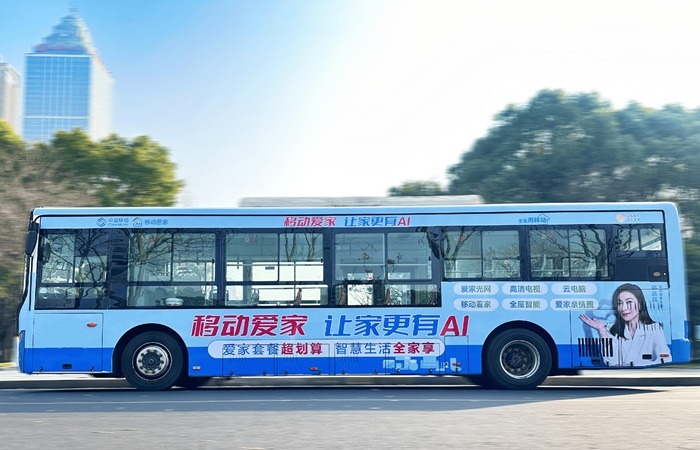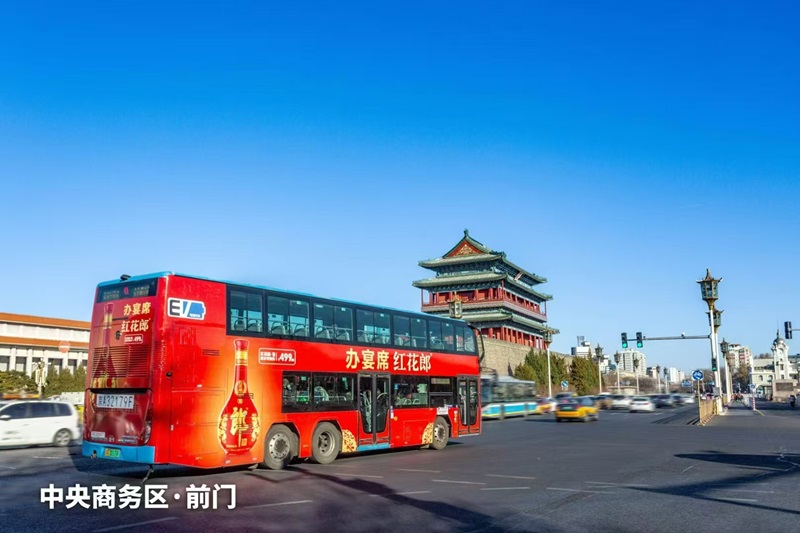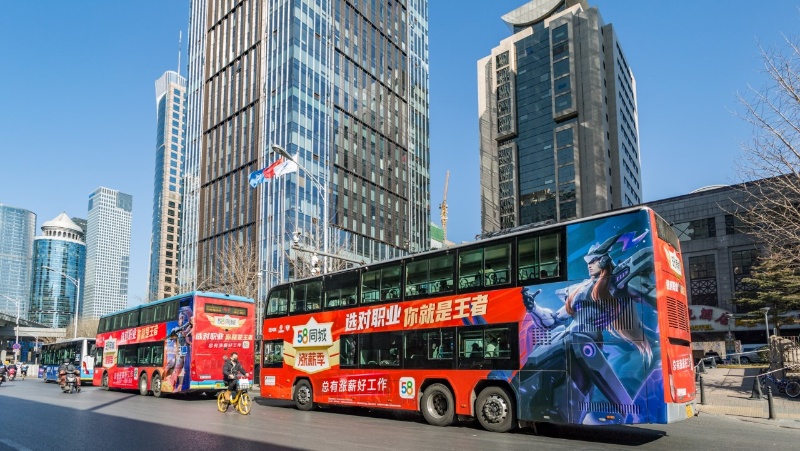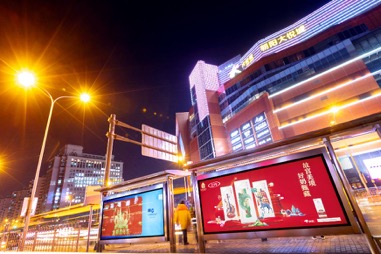Monitoring Bus Advertising Performance: Data-Driven Methods to Prove ROI 📈
2025-06-25Tianci MediaViews:134
Highlights
Some transit operators install intelligent cameras to log seat‐occupancy rates and average dwell time per trip.
In the prime commuter corridors of today’s cities, bus advertising stands out for its high-frequency exposure and precise audience targeting. But how can brands demonstrate that their advertising dollars are well spent? Only through systematic performance monitoring can advertisers shift from “gut-feel decisions” to truly data-driven operations.

1. Traffic Tracking: Making Impressions Visible 👀
Bus Stop Heat Maps 🗺️
– Before launching on core routes, use smart sensors or mobile‐data analytics to record boarding and alighting volumes at each bus stop, broken down by time of day.
– Pro Tip: Compare 30 days of foot traffic before and after the campaign. Estimate reach by multiplying total traffic during ad hours by an average viewing duration factor of 20% (assuming each passenger glances at the ad for 10 seconds).
Onboard Passenger Profiling 👥
– Some transit operators install intelligent cameras to log seat‐occupancy rates and average dwell time per trip.
– Key Metric: Placement matters—a front‐door panel can yield a 70% view rate, while panels near the rear door may only get a 30% view rate.
2. Engagement Upgrades: From Passive Views to Active Interactions 🎯
QR-Code Tracking 📱
– Embed a unique short-link QR code on the bus exterior or at shelters. Track scan rates and dwell time on the landing page to gauge user interest.
– Advanced Tactic:
- Run a “scan to win a coupon” promotion to boost immediate conversions 🎁
- Leverage location-based services (LBS) to map scanners back to specific neighborhoods—revealing each ad’s true value 📍

Coupon Redemption Loop 🎟️
– After a “scan-to-claim” coupon campaign, monitor both coupon downloads and redemption rates (aim for redemption > 15% to qualify as a high‐impact placement).
– Case Study: A bubble-tea chain achieved a 300% ROI by combining bus‐side QR codes with in-store coupon redemption.
3. Brand Research: Let Emotional Data Speak 💬
Online Surveys & On-Site Intercepts ✏️
– Online: Deploy a pop-up on your official WeChat or brand mini-app asking, “Did you notice our bus ad?”
– Offline: Station field teams at key stops to run a 3-minute Memory Recall Test on random passersby.
Net Promoter Score (NPS) ❤️
– Ask: “How likely are you to recommend this brand to friends?” (0–10 scale) to derive your brand health index.
– Benchmark: NPS > 50 signifies a strong brand; NPS < 0 signals an urgent need to rethink your creative or placement.
4. Cross-Channel Synergy: Let Exposure Snowball 🌐
Social-Media Buzz Monitoring 📣
– Use sentiment-analysis tools (e.g., Qingbo Big Data) to track mentions of #BrandNameBusAd.
– Classify user-generated content (UGC) by sentiment—positive 👍, neutral 😐, or negative 👎—to measure public reception.
In-Store Traffic Heat Maps 🏬
– Combine POS data from nearby retail partners with map-based foot-traffic analytics (e.g., Baidu Maps).
– Key comparisons before vs. after deployment:
- Store visitor count (aim for > 20% uplift)
- Average transaction value (does the ad inspire premium purchases?) 💳

5. Let the Numbers Talk: Prove Value with ROI 💰
CPM Cost Analysis 📊
– Formula: CPM = (ad spend ÷ total impressions) × 1,000
– Industry Benchmark: In Tier-1 cities, bus‐side CPM runs ¥30–80, offering better cost efficiency than subway lightboxes (¥120–200).
ROI Calculation Model 🔍
– Formula: ROI = [(incremental sales × profit margin) ÷ ad spend] × 100%
Putting It All Together: The Monitoring–Analysis–Optimization Loop 🔄
- Pre-Launch: Define clear KPIs (e.g., 10 million impressions, 5% conversion rate).
- During Campaign: Track QR scans 📲, coupon redemptions 🎫, and real-time foot-traffic shifts.
- Post-Campaign: Review NPS ❤️ and ROI 💹 to guide budget allocation for your next flight.
No compass, no course correction—without monitoring, advertising is just guesswork. Starting in 2025, let data drive every bus-advertising investment and turn each campaign into a growth springboard! 💥















